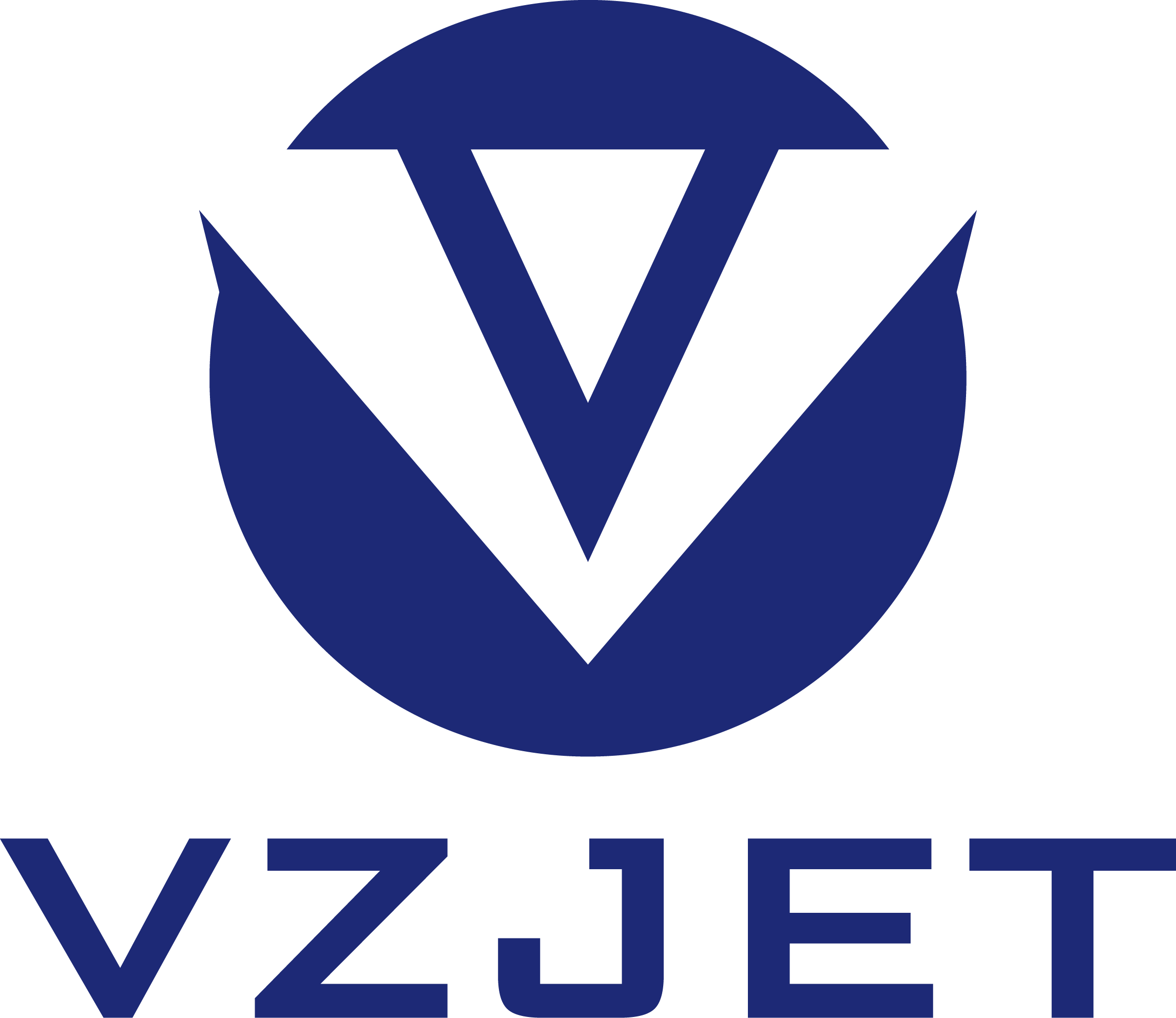Information
Understanding Flying Laser Coding Printers: A Comprehensive Guide
26 Oct,2025
Flying laser coding printers represent a significant advancement in the printing technology landscape, particularly suited for high-speed production lines. These printers employ laser technology to create permanent markings on various surfaces, including plastics, metals, and cardboard. This process is especially beneficial in industries where durability and precision in coding are paramount, such as packaging, manufacturing, and product labeling.
One of the standout features of flying laser coding printers is their ability to operate at high speeds without compromising the quality of the print. Unlike traditional printing methods that often require pauses for ink drying or alignment adjustments, flying laser coding printers can continuously print while products move along a conveyor belt. This efficiency directly contributes to increased production rates in manufacturing environments, making them an ideal choice for businesses aiming to optimize their processes.
In addition to speed, flying laser coding printers are renowned for their versatility. They can produce a wide range of codes, from simple text to complex barcodes and QR codes, all with precise clarity. This adaptability means that companies can easily switch between different coding requirements as needed, which is particularly valuable in industries with diverse product lines.
Another crucial advantage of flying laser coding printers is the permanence of the markings they produce. Laser coding creates marks that are resistant to fading, scratching, and other forms of degradation. This is essential for compliance with regulatory standards, as many industries require clear and enduring product information. The capability to provide such durable markings ensures that consumers can trust the labels on the products they purchase, contributing to brand integrity and customer satisfaction.
Moreover, flying laser coding printers are often favored for their eco-friendliness. They typically do not require inks or solvents, which can pose environmental concerns. Instead, these printers use the focused energy of a laser beam to etch or mark surfaces, resulting in minimal waste and a reduced carbon footprint.
In summary, flying laser coding printers serve as an essential tool in the consumer electronics and office equipment sectors, delivering high-speed, high-quality, and eco-friendly printing solutions. Their ability to generate permanent, clear markings makes them invaluable for manufacturers seeking reliability and efficiency in their production processes. As businesses continue to evolve, the integration of advanced technologies like flying laser coding printers will remain a key factor in maintaining competitive advantage and ensuring product quality. By understanding the benefits and applications of this technology, companies can make informed decisions that enhance their operational capabilities and meet their customers’ needs effectively.
26 Oct,2025
Classification:
Information
Latest Contents







